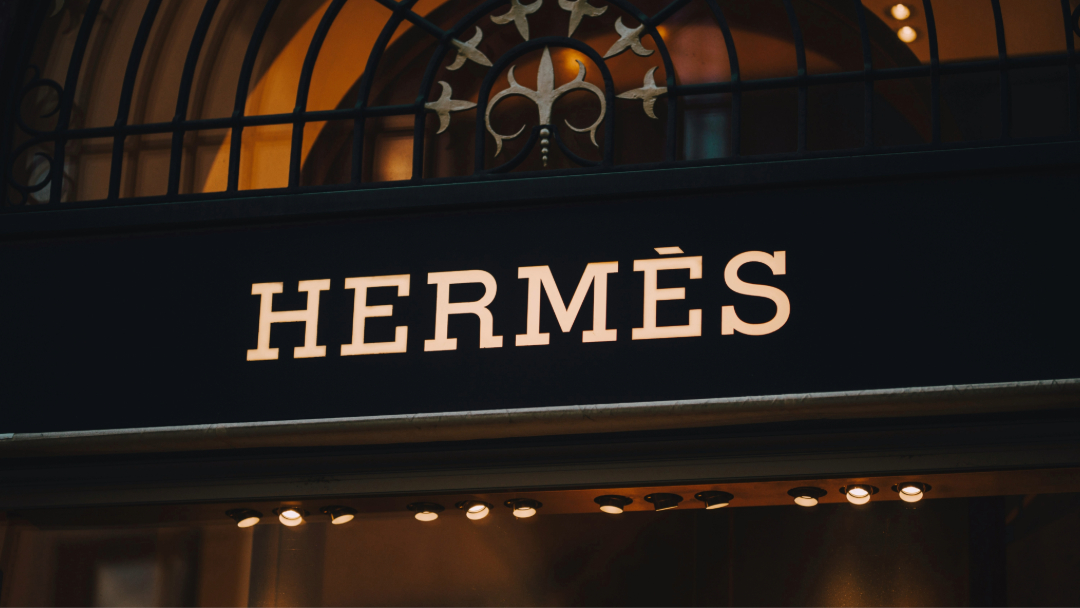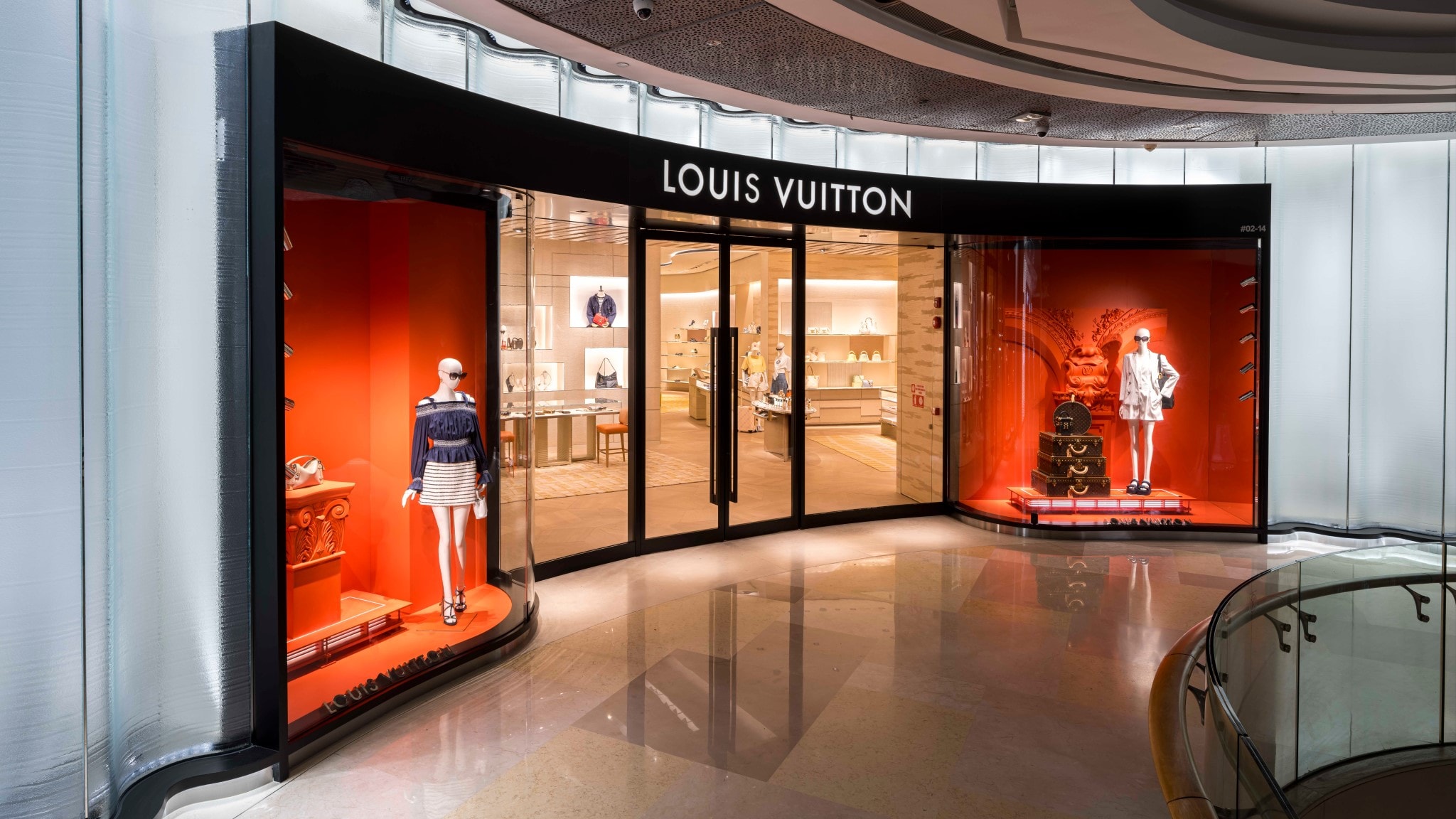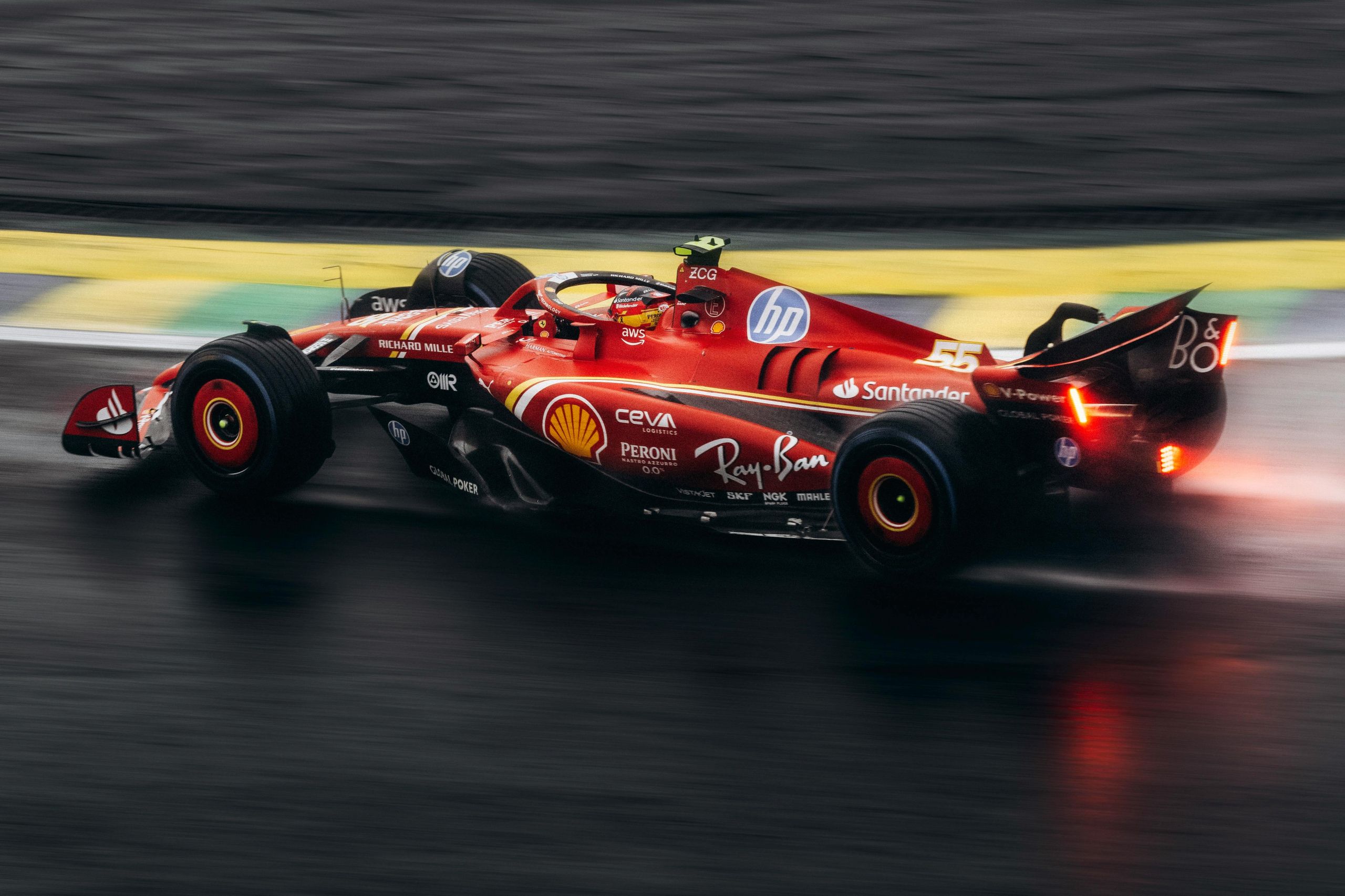Oliver Petcu, managing partner of CPP Management Consultants Ltd, discusses the various Chinese influenced initiatives by luxury brands and considers the effects on the Western market

Oliver Petcu, managing partner of CPP Management Consultants Ltd, discusses the various Chinese influenced initiatives by luxury brands and considers the effects on the Western market
Oliver Petcu, managing partner of CPP Management Consultants Ltd, discusses the various Chinese influenced initiatives by luxury brands and considers the effects on the Western market.
Ermenegildo Zegna’s catwalk show during the Milan Fashion Week which debuted late this week is all about China and the inspiration of the Great Wall. The Zegna Group is also preparing for a major event which will take place in Shanghai marking the 20 years of presence of the brand in China.
Prada presented last year a collection entirely dedicated to the Chinese market and produced a movie inspired by Shanghai’s history which was presented online worldwide as well as at the Prada Foundation Exhibition in Milan. Prada, which has seen a 51 percent surge in revenue from the Asian region in the first nine months of 2010, is planning to restage its Spring 2011 fashion show in Beijing on Jan. 22. Both Prada CEO Patrizio Bertelli and Miuccia Prada are expected to attend, and Prada plans on creating a series of new items specifically for the event.
Chanel’s first fashion show in Shanghai included European models wore yellow face make up to play Chinese characters. Lagerfeld defended this as a reference to old films. “It is an homage to Europeans trying to look Chinese,” he explained. “Like in ‘The Good Earth’, the people in the movie liked the idea that they had to look like Chinese. Or like actors in ‘Madame Butterfly’. People around the world like to dress up as different nationalities.”
Dior created last year an advertising campaign dedicated to the Chinese market, which later proved controversial due to discrimination issues.Chinese top model Tang Wei who appeared on the Chinese Vogue cover is a regular model for the shows of Dior or Ferragamo in Paris and Milan, as well as for all luxury fashion shows that take place in China.
“ how far can this ’’Chinese’’ spell over collections and advertising go for the top luxury brands without producing a negative impact on sales in the U.S. or Europe? ”
Marc Jacobs’s latest collection for Louis Vuitton is inspired by Shanghai, yet instead of the sophistication that usually comes from fashion’s wonder boy, the clothes were bogged down with Oriental stereotypes. And so is the entire 2011 advertising campaign of Louis Vuitton, entirely Chinese inspired. Fashion critic, Suzy Menkes wrote, “By the time the first models had sashayed out in slim dresses slit to reveal the leg, you didn’t need a master’s in Mandarin to get the message that China is hot retail property for Louis Vuitton.” As luxury brands expand to different parts of the world where so many people cannot read English or French, they can recognize and remember initials better and that is why, it is obvious that brands should not create special collections, but rely on the amazing power of the logos.
But just how far can this ’’Chinese’’ spell over collections and advertising go for the top luxury brands without producing a negative impact on sales in the U.S. or Europe. Even if the actual fashion show takes place in China, obviously targeting Chinese consumers, the news with images travels at light speed through the internet worldwide. For instance, I believe Louis Vuitton’s 2011 campaign no longer has a subtle or implicit Chinese inspiration but the entire ultra bling product line is also targeting Chinese. The traditional LV monogram is replaced by huge VUITTON letters the size of the entire bag. The atmosphere depicted is one of overt show off and bling. This type of branding is considered bad taste, not only in the mature markets but in the young markets such as Eastern Europe, where the financial crisis has made people think twice before wearing an overtly branded product.
The fact that China is becoming the number one market for many international luxury brands provides a financial motivation for brands to adopt such strategies. However, I wonder how, in long term, luxury consumers in mature markets such as the U.S. or Europe will react to this ‘’Chinese influence’‘. From the Chinese consumers in all major luxury stores in Paris or Milan, the Chinese sales assistants in stores from New York to Dubai, the Chinese inspired advertising, to the Chinese models and actresses on all major catwalks, China is everywhere! and you can’t miss that on fashion blogs, web sites (lifestyle or business) oriented, it all sums up to a phrase : ‘’Luxury is Chinese’’










